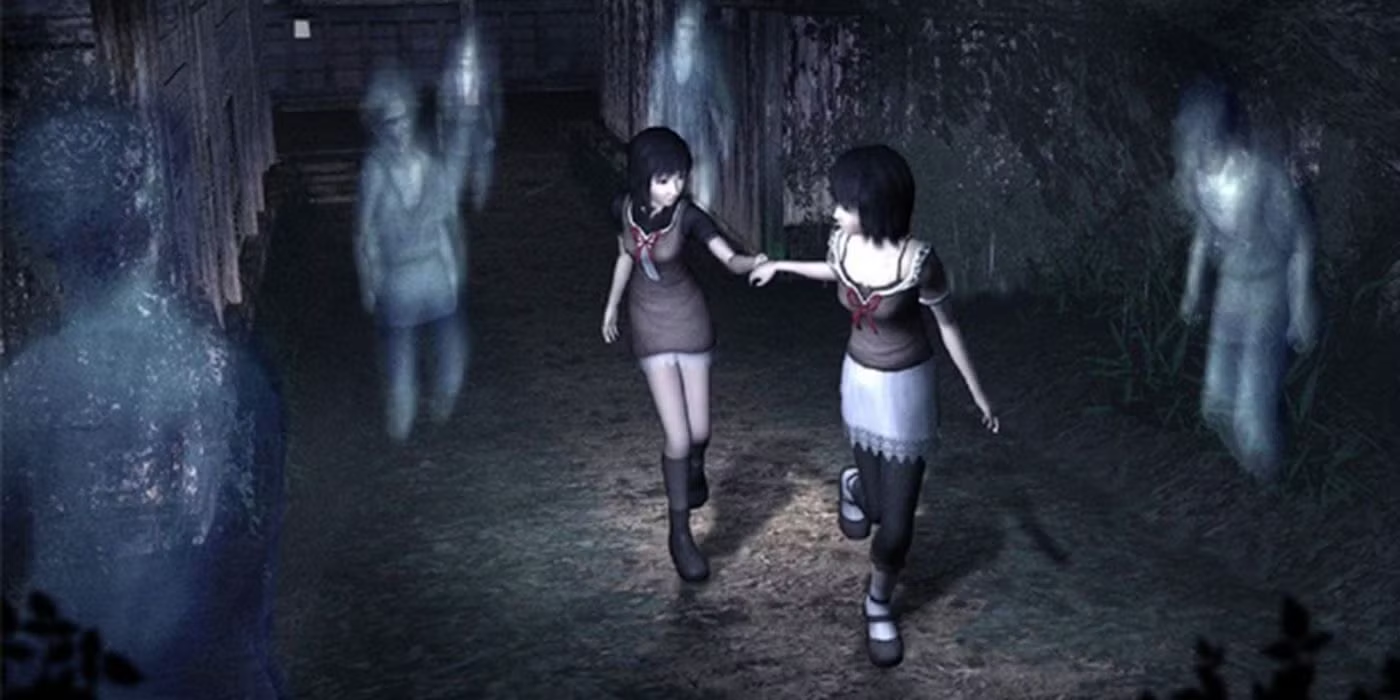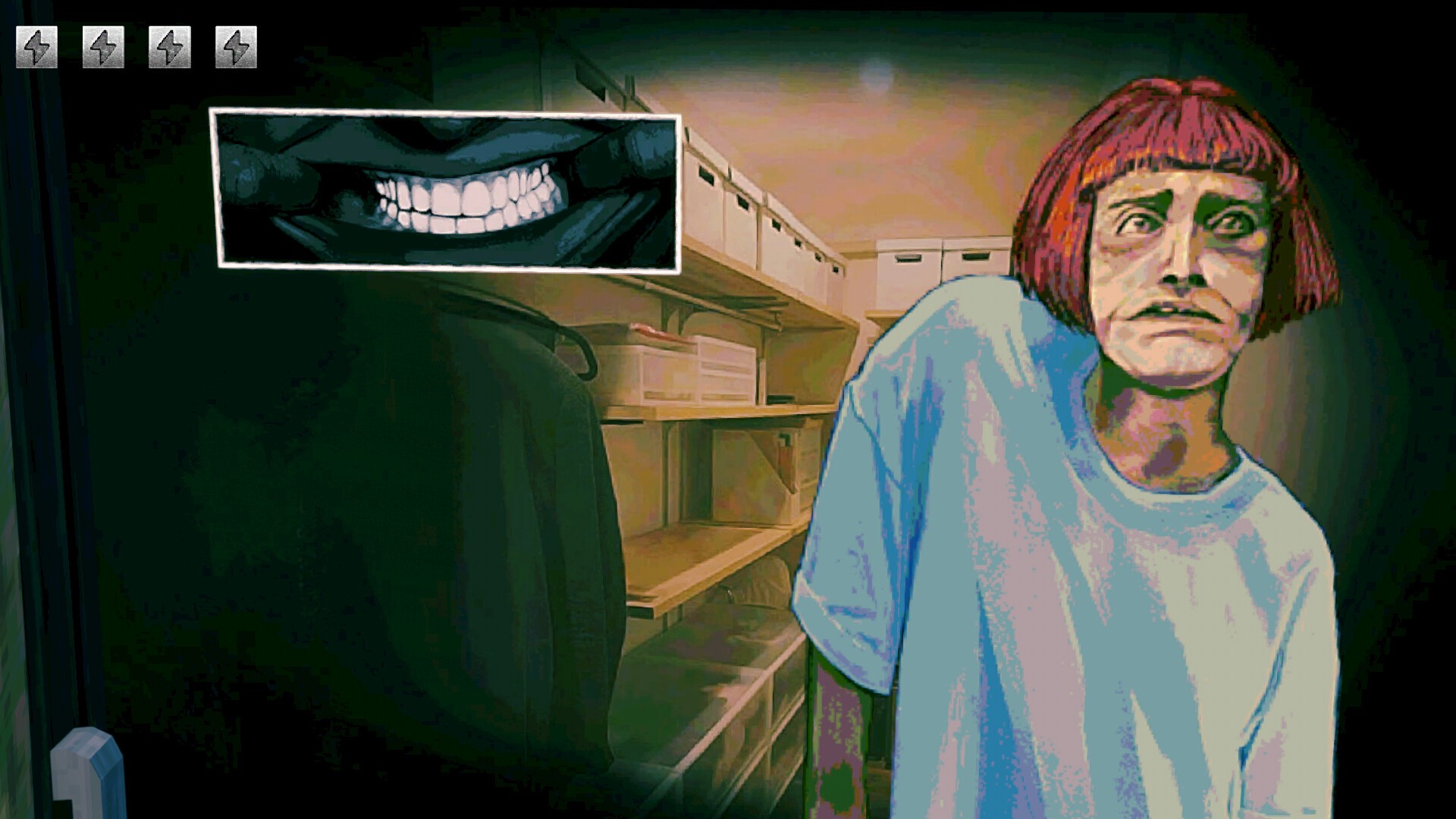Fatal Frame (2001) Review: A chilling cult classic that proves sometimes the scariest weapon you can wield is a camera.
When most horror games hand you a weapon, Fatal Frame hands you a camera.
Released in 2001 for the PlayStation 2, Fatal Frame (known as Project Zero in Europe and Japan) quietly crept into the horror scene with a concept so strange it shouldn’t have worked—but absolutely did. You don’t fight ghosts with shotguns or flamethrowers. You photograph them. And somehow, that’s way scarier.
Haunting Premise, Brilliant Simplicity
You play as Miku Hinasaki, a teenage girl searching for her missing brother inside the Himuro Mansion—a sprawling, cursed estate filled with tormented spirits and tragic history. There’s no squad, no hotline to call. Just Miku, a flashlight, and her family’s heirloom: the Camera Obscura.
And here’s the genius of Fatal Frame: the only way to banish the ghosts is to face them. Literally. You have to let them get close, then snap a photo at just the right moment. It’s like playing chicken with the dead—and the tension never lets up.
The closer the ghost is when you take the shot, the more damage you do. But that also means watching pale, twisted faces drift toward you in slow motion, shrieking through the viewfinder. It’s not just unsettling—it’s deeply intimate horror.

Atmosphere That Gets Under Your Skin
Where Fatal Frame really shines is in its atmosphere. This game drips with dread. The Himuro Mansion is an oppressive, decaying labyrinth, full of creaking floorboards, fluttering curtains, and forgotten rituals. The sound design is minimal and haunting—soft whispers, distant thuds, and your own footsteps echoing too loudly.
There’s a coldness to everything. Not in the sterile, clinical way—more like you’re exploring a place where warmth left a long, long time ago.
And while the visuals are dated by today’s standards, there’s still something deeply eerie about the washed-out textures and grainy lighting. Honestly? It adds to the feeling that you’re playing through a cursed VHS tape.
A Different Kind of Fear
Fatal Frame isn’t about fast reflexes or combat mastery. It’s about managing your fear. You’re not overpowered. You’re not even prepared. Every ghost encounter feels like a violation—personal, aggressive, and soaked in sorrow.
That emotional weight sticks. Many of the spirits you face have stories, regrets, and unfinished pain. You’re not just surviving them—you’re releasing them. Or trying to.
Fatal Frame (2001) Review: Final Verdict
Rating: 8.5/10
Fatal Frame is one of the most original—and genuinely unsettling—horror games of its time. It might not be as flashy as modern horror titles, but its emotional depth, unique mechanics, and unforgettable atmosphere give it a haunting legacy that still lingers over 20 years later.
If there’s one thing this Fatal Frame (2001) review should make clear, it’s that this game still holds its place as one of the most quietly terrifying entries in horror game history.
We included Fatal Frame on our list of top horror games based on true stories.
If you’re into slow-burn horror with a psychological edge and you’re not afraid to stare death in the face?
This one still deserves your attention.





